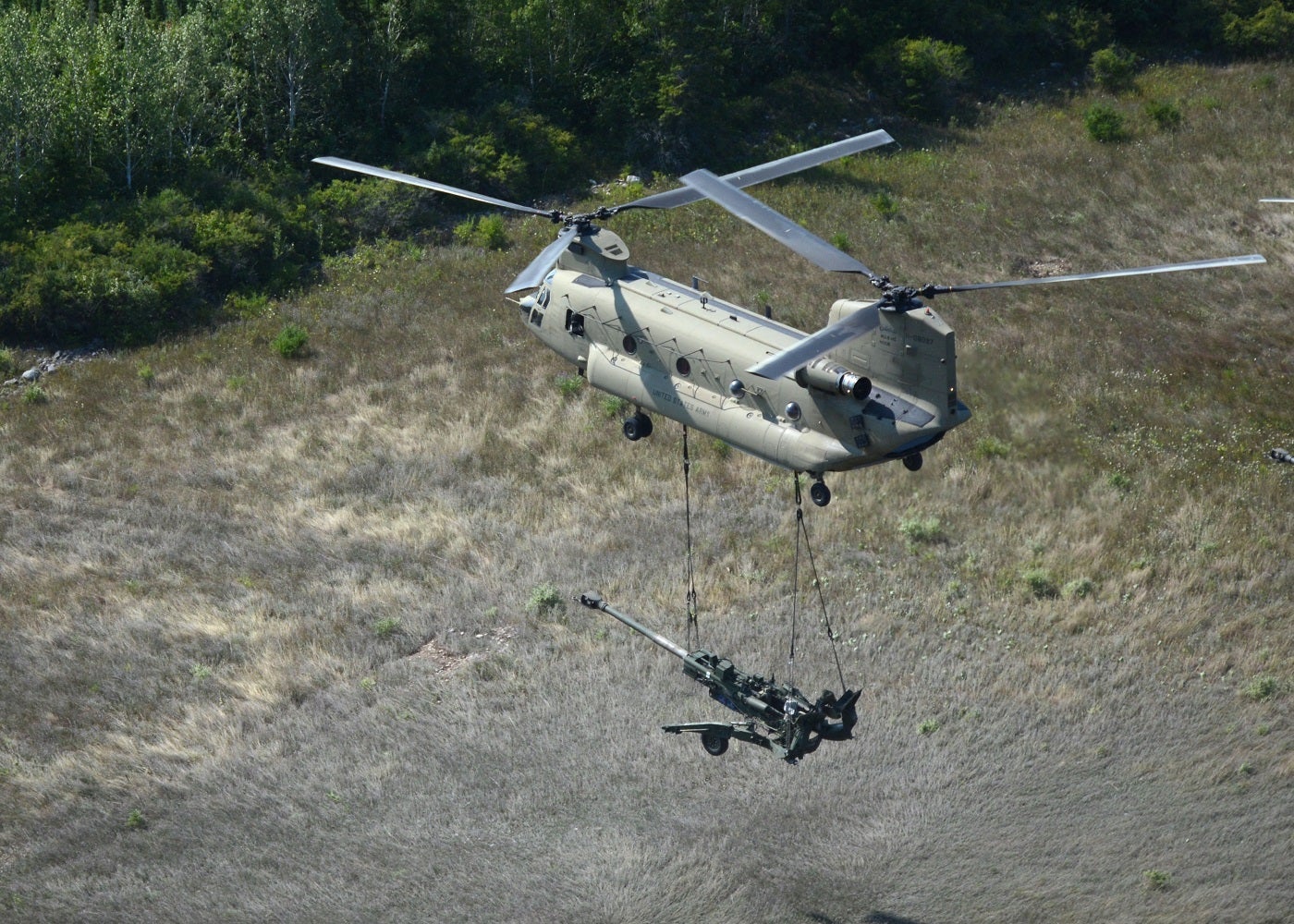
Boeing has secured a contract of up to $793m to produce 18 CH-47F Block I Chinook helicopters for South Korea and an additional aircraft for Spain.
This order marks the final aircraft to be ordered on the current CH-47F Block I contract as Boeing shifts its focus to the advanced Block II configuration. The Block II programme, featuring enhanced capabilities and improved performance, is set to provide the US Army and its allies with increased lift and range in complex battlefield environments.
With this contract, Boeing concludes the production and delivery of the CH-47F Block I helicopters, which have been widely regarded as the leading heavy-lift helicopters in the world.
Boeing Vertical Lift’s H-47 vice president and program manager, Heather McBryan, highlighted the exceptional performance of the CH-47F Block I Chinook, stating, “The CH-47F Block I Chinook continues to be the preeminent heavy-lift helicopter in the world for good reason.”
While this marks the conclusion of Block I orders, Boeing remains committed to supporting its customers’ existing Block I aircraft.
Although the CH-47F Block I production and deliveries will conclude with this order in 2027, Boeing’s Chinook modernisation efforts are already underway with the H-47 Block II programme. Block II represents the next phase of Chinook development, incorporating an improved drivetrain, a reinforced airframe, and redesigned fuel tanks, resulting in increased lift and range.
How well do you really know your competitors?
Access the most comprehensive Company Profiles on the market, powered by GlobalData. Save hours of research. Gain competitive edge.

Thank you!
Your download email will arrive shortly
Not ready to buy yet? Download a free sample
We are confident about the unique quality of our Company Profiles. However, we want you to make the most beneficial decision for your business, so we offer a free sample that you can download by submitting the below form
By GlobalDataThe US Army has already placed orders for six Block II aircraft, with an additional 36 ordered by the US Army Special Operations Command (SOCOM) and 14 by the United Kingdom. SOCOM has been receiving Block II aircraft for several years, and the US Army is set to accept its first CH-47F Block II in early 2024.
The United Kingdom’s expected timeline for receiving the transport helicopters is expected to achieve operational capability by 2028. Germany is also a notable Block II CH-47F Chinook Helicopters customer, with a recent $8.5bn deal with the US.
Heather McBryan further emphasised the significance of the Block II program, stating, “The Block II programme is the natural successor to an already exceptional aircraft. It will provide the US Army and international allies even more capabilities in a complex and evolving battlefield.”
With the latest acquisition of Chinook Block I aircraft, Spain will expand its fleet to 18 aircraft, joining 15 other operators worldwide that benefit from the digital cockpit and advanced cargo handling abilities of the modernised CH-47F Chinook.
Vince Logsdon, vice president of Global Business Development and Strategic Marketing for Boeing Defense, Space & Security, expressed his satisfaction with the growing list of international operators, stating: “South Korea adds to an increasing list of operators around the globe that recognise the value the modernised CH-47F Chinook brings to the table.
“While Spain is already reaping the benefits of the aircraft in Europe, we are honoured to support South Korea’s heavy-lift helicopter modernisation with a versatile product capable of meeting the demanding mission requirements in the Asia Pacific region.”







